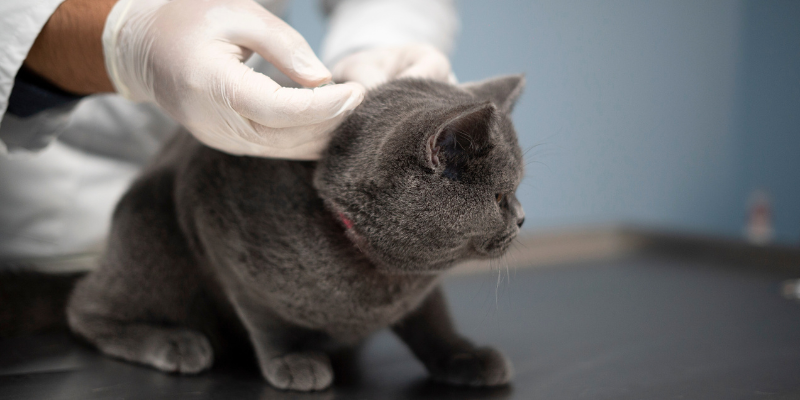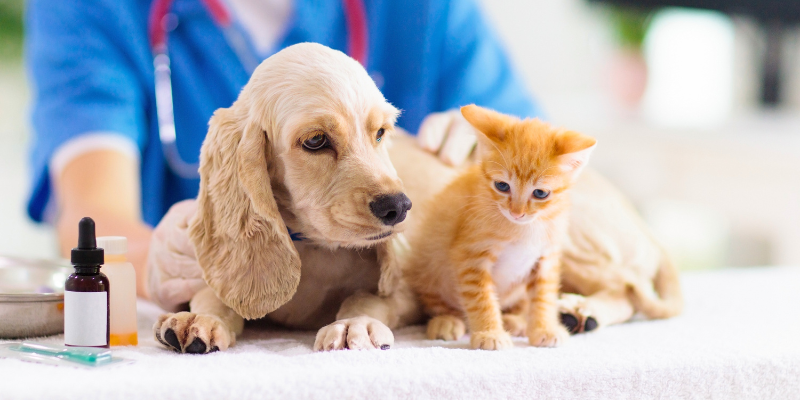If your pet is showing a consistent tendency towards anxious behaviours, it can be hard to know the best way to help them.
As a starting point, our team is here to bust five of the most common myths about pet anxiety and give you some tips on what will actually help!
-
Myth 1: Punishment-based training helps
Whilst some pet trainers work from a basis of punishing undesirable behaviours (or even taking actions to “assert dominance”), we do not advise this approach. Instead, we strongly recommend that pets be trained using positive reinforcement methods.
Positive reinforcement training involves giving the pet a reward (such as food, praise or a toy) for performing desirable behaviours, which makes the pet more likely to repeat the behaviour in the future.
The Australian Veterinary Association has studies to show that positive reinforcement training can improve an animal’s overall quality of life, improve learning, and reduce the risk of future behaviour problems. Whilst punishment can work in the short term, it usually becomes less effective over time and can frequently worsen a pet’s anxiety. After all, imagine someone punishing you when you’re just feeling really worried about something – it would likely make you feel a lot more anxious in the future!
-
Myth 2: Young pets shouldn’t be on anti-anxiety medications
If medication has been prescribed appropriately for the pet’s behavioural condition and general health, there is no reason why significantly anxious younger pets shouldn’t be started on anti-anxiety medication.
Studies indicate that this approach can lead to better results in the long term, by helping the adolescent pet’s adaptable brain to “prune out” more anxious behaviour pathways and supporting the development of more confident behaviours.
-
Myth 3: An anxious pet must have been abused
Whilst some anxious pets sadly have been mistreated in the past, many anxious pets are affected for other reasons.
A large component of a pet’s behaviour is genetic, with anxious parents tending to produce more anxious offspring.
Additionally, a pet’s emotional and physical experiences during key brain development periods (known as critical socialisation periods) will also play a large part in their future personality. Pets who don’t receive an adequate range of positive experiences during these key development periods tend to be more prone to anxiety when faced with unfamiliar people or situations.
-
Myth 4: Anti-anxiety medications will harm your pet
Whilst no medication is suitable for every patient, two of the most commonly used anti-anxiety medications – fluoxetine and gabapentin – are usually safe, effective and well-tolerated when prescribed and administered appropriately.
In cases involving older pets or prospected long-term medication usage, it is recommended that pets undergo general blood tests first to ensure that their organs are healthy enough to handle the drug safely.
-
Myth 5: Anxiety medications will solve the issue
Whilst we strongly advocate for the use of anti-anxiety medications where appropriate, in many cases, they are sadly not the complete “fix-all” solution owners are hoping for.
In the same way that regular psychology or counselling sessions are recommended for people with mental health issues, pets with significant anxiety will usually do best with a combination of anti-anxiety medication and behavioural modification (“brain retraining” using positive reinforcement-based methods).
For personalised advice on treating your anxious pet, consult our anxiety-aware team!






